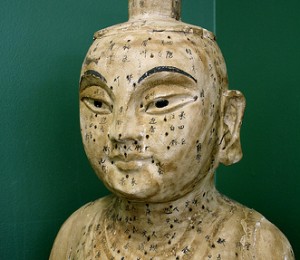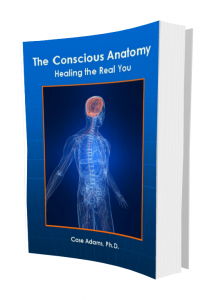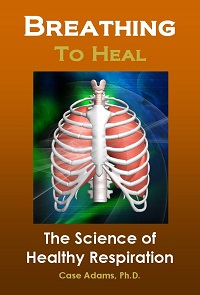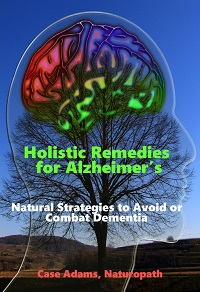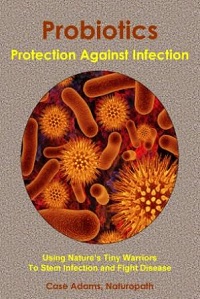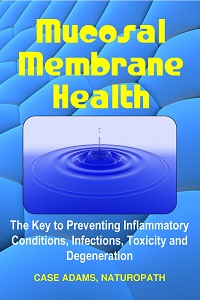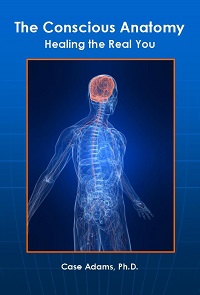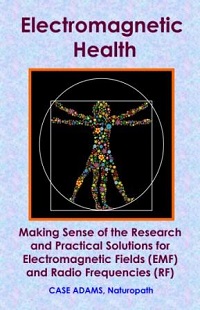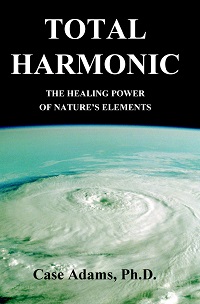Acupuncture Meridian Circulatory System Proven
Over the past century, Western medicine has likened Traditional Chinese Medicine (TCM) and its manipulation of meridians to a sort of voodoo medicine without a scientific basis. Recent research is contradicting this notion.
In this article
Thousands of studies on acupuncture
Over the last half-century, thousands of acupuncture studies have been published. These have proven that acupuncture significantly affects metabolism. They also prove that acupuncture can treat acute pain along with many chronic illnesses. Based upon this irrefutable scientific evidence, Western medicine has finally accepted acupuncture – to some degree.
But the voodoo reputation has nonetheless continued. Western medicine still considers the meridians named in acupuncture as being mythical.
And yes, anatomical dissections have not revealed the mysterious meridians of TCM. These schematically elaborate grid lines running through the body have not been evident in X-rays, MRIs or sonograms. They haven’t shown up in surgeries – even those preceded by acupuncture that reduced pain in the patient. Yet.
The ancient knowledge of Qi
In short, meridians circulate what Traditional Chinese Medicine has termed the Qi – or Chi. This is also called Ki in Japanese medicine. The Qi is considered the reflection of the flow of life force or energy of the life force. This has been called Prana in Ayurvedic medicine. The Greeks termed this Pneuma, the ancient Hawaiians called it Mana, and Buddists called it Lung, and the ancient Hebrews called it Ruah.
These ancient cultures considered the source of the Qi or Ki or Prana with a spiritual foundation: The spirit. Yet the traditional medicines of China, Thailand, Japan and India document techniques to manipulate the flow of this life force through the body. This is, according to the ancients, because the life force flows through a series of vessels – called meridians in Traditional Chinese Medicine and nadis in Ayurvedic medicine.
While this science was accepted throughout the ancient world, the existence of this life force circulatory system has been scoffed by Western science. Western science has offered us the contrasting notion of a mechanical person: A machine-like body with no person within. Sort of an electrical robot made of flesh.
The Science of TCM meridians
A scientific basis for the meridians used in acupuncture is not that new, however. But the evidence has not been acceptable to cynical Western doctors. Yet.
In 1962, Dr. Bonghan Kim – a Korean researcher, reported evidence for a circulatory system outside of the body’s blood vessels, nervous system or lymphatic system. This was termed the primo vascular system or PVS. Dr. Kim found evidence for PVS threads among lymphatic vessels, and blood vessels, and reported that the system corresponded to the meridians of TCM.
These early scientific papers were largely ignored. Until 2002, when a team of researchers from the Seoul National University revisited the research using modern equipment.
They found, just as Dr. Kim had proposed, threads for this primo vascular system among the lymphatic system and throughout different organs. Most notably, they found the PVS among the thoracic ducts and tissues. They also found PVS threads among fat tissues and cancerous tumors.
As this investigation was picked up by other researchers, new methods to “see” the PVS were established. These are termed fluorescence labeling – because they provide markers for the optical imagine of these circulatory vessels.
For example, imaging studies have established the existence of these threads by staining cells from these tissues with green fluorescent protein. This protein – containing 328 amino acids – will exhibit green color when it is exposed to blue light to ultraviolet light. This fluorescence imaging system allows researchers to use scanning to analyze the particular genes within a cell tissue.
Other fluorescence systems have also been used to visualize the primo vascular system. These include Alcian blue, injected into lymph nodes and imaged through fluorescence.
Researchers have also utilized electrophysiological techniques. These measure the bioelectrical potentials of cells and tissues and provide a range of electrical signals. These allow markers for particular PV tissue activities. The research has found significant differences between the primo vessel threads, even within and among lymphatic vessels.
Pathways of electrical activity
The research has established that primo vascular system threads transfer action potentials through their pathways. These are found among neuron spikes as neurons exchange electrical activity. The research has found that PVS threads conduct differently among different tissues.
As acupoints have been tested with this electrical activity testing, the PVS threads have revealed themselves as potential pathways for Qi.
The research has also established that the primo vascular system threads will transmute through organs, including the intestines and blood vessels. These provide the clearance for the transmission through this subtle circulatory system.
The imaging studies have found the PVS threads, made of something called primo fluid circulating within promo vessels. These vessles are tiny. They range in size from 100 to 1,000 micrometer (sort of a micron) in width.
Promo Vascular System and Fasciology
Fascia is tissue is a collagen that surrounds our muscles, tendons, organs and other tissues of the body. Together it keeps the body’s parts together. Concurrent with the PVS research has been the observation of meridian flows within the fascia. This has been called the fasciology theory, as electrical conductance testing revealed potential pathways through the fascia.
Three-dimensional CT and MRI imaging has confirmed pathways of acupuncture stimulation through the fascia. And when viewed as a whole, the fascia networks of the body correspond with meridian maps.
The Korean research established that primo vascular system threads are abundant among connective tissue fibers and collagen tissue. So the PVS has been found within the fascia. And the new research indicates it may provide the actual pathways for the electrical stimulation of the meridians.
Electrical meridian testing
The conductance results of the PVS research is consistent with the study of electromagnetic conductance that has progressed over the past couple of decades.
Testing with electrostimulation equipment has confirmed the existence of gated channels that resonate to 50-80 gigahertz and 2-4 hertz ranges.
This means these channels conduct at frequencies in the ultra-low (seismic) range: Along with the significantly higher microwave range. This was confirmed by Schlebusch et al. (2005) as well: After light stimulation of the body in the 3-5 micron range, “light channels” appeared on the body precisely in the locations of the meridians.
Further research by Yang et al. (2007) found among thirty healthy volunteers clear evidence of meridian channels consistent with TCM meridian charts, using infrared thermal imaging. Previously Hu et al. (1993) conducted forty-nine passes over another thirty healthy volunteers, revealing 594 channels of “radiant track” using infrared beams. Thirty percent of these tracks were consistent with the fourteen traditional meridians of TCM, confirming not only the existence of the TCM meridians but of others – providing a scientific basis for the larger network of nadis of Ayurveda.
REFERENCES:
Soh KS, Kang KA, Ryu YH. 50 Years of Bong-Han Theory and Primo Vascular System. Evidence-Based Complementary and Alternative Medicine, vol. 2013, Article ID 587827, 12 pages, 2013. doi:10.1155/2013/587827
Yang C, Du YK, Wu YB, et al. Fascia and Primo Vascular System. Evidence-Based Complementary and Alternative Medicine, vol. 2015, Article ID 303769, 6 pages, 2015. doi:10.1155/2015/303769
Kim DU, Han JW, Jung SJ, et al. Comparison of Alcian Blue, Trypan Blue, and Toluidine Blue for Visualization of the Primo Vascular System Floating in Lymph Ducts. Evidence-Based Complementary and Alternative Medicine, vol. 2015, Article ID 725989, 8 pages, 2015. doi:10.1155/2015/725989
Soh KS, Kand KA, Harrison DK. The Primo Vascular System. Springer, 2012.
Yang C, Dai J, Yuan L. Two-system theory and fasciology, FASEB Jnl. 2012: 26;1, 721–722.
Jiang XM, Zhang XQ, Yuan L. Advances in the study on the role of connective tissue in the mechanical signal transduction of acupuncture. Zhen Ci Yan Jiu. 2009:34;2,136–139.
Adams C. THE CONSCIOUS ANATOMY: Healing the Real You. Logical Books, 2012.

